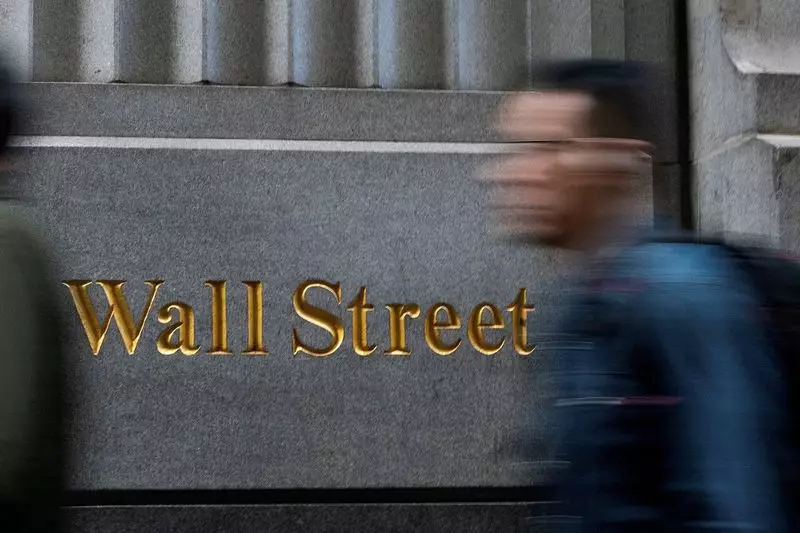The financial landscape is poised for a pivotal week as investors brace for the release of the U.S. jobs report—an event that holds significant implications for the stock market’s trajectory in 2025. After a profitable year in 2024, characterized by sharp gains across major indices, market participants are now keenly focused on labor data to gauge the economy’s health and guide their investment decisions.
The Market on the Verge of Decision-Making
After a stellar performance, with the S&P 500 enjoying a remarkable 23% increase in 2024, recent price volatility has raised questions about the underlying strength of the economy. Following a robust two-year rally, the stock market has encountered turbulence as it enters 2025. Investors are understandably cautious; the forthcoming jobs report serves as both a benchmark and a litmus test for the economic conditions expected to influence their strategies moving forward.
Notably, the Federal Reserve’s recent actions have sparked uncertainty among market players. The central bank tempered expectations for interest rate cuts, leading to a nervous atmosphere as investors seek clarity on future monetary policy. As Anthony Saglimbene, chief market strategist at Ameriprise Financial, suggested, any indication of labor market weakness could amplify volatility and impact the market’s recovery trajectory.
Investor sentiment appears cautiously optimistic heading into the new year. A survey conducted by Natixis Investment Managers shows that a large majority of institutional investors believe the U.S. economy can steer clear of recession in 2025. The optimism is tempered, however, by the reality of a labor market that has shown signs of inconsistency lately, influenced by factors such as industry strikes and adverse weather conditions.
In November, the economy added 227,000 jobs, giving a healthy rebound after a sluggish October. However, analysts have pointed out a gradual slowdown in hiring momentum, illustrating a potential shift in economic dynamics. The expected job creation of about 150,000 for December, along with an unemployment rate forecast at 4.2%, will provide crucial data points to evaluate the labor market’s overall health. As Angelo Kourkafas from Edward Jones remarked, the upcoming report will be the “first clean read” into labor trends.
The Inflation Dilemma
While the market is hopeful for sustained economic growth, another layer of complexity arises from inflation concerns. The Federal Reserve has recently acknowledged upward revisions in its inflation forecasts, triggering fears about prolonged high-interest rates. Investors remain apprehensive about an exceedingly vigorous jobs report potentially igniting inflationary pressures, which would complicate the central bank’s policy approach.
The upcoming jobs report is thus characterized by uncertainty—what market analysts and investors seek is a so-called “Goldilocks number” that indicates an economy that is neither too strong nor too weak. This balance is critical, as an overly robust report could mean higher rates ahead, while an underwhelming one could signify economic fragility.
Beyond employment figures, this week promises additional economic data that could further inform market expectations. Reports related to factory orders and the services sector will also be released, providing context around manufacturing and consumer sentiment. Both these sectors are crucial indicators of overall economic health, and insights into their performance will support comprehensive analysis of the U.S. economy’s prospects.
Despite the bullish performance of stocks in 2024, December saw a small decline in the S&P 500, indicating a possible shift in market dynamics as investor perception adjusted post-holiday. A notable observation from Bespoke Investment Group highlighted December’s low number of positive trading days, suggesting a potentially precarious atmosphere for investors.
The market’s response to the upcoming jobs report and other economic indicators will be crucial in setting the tone for the financial landscape in the near term. As Wall Street navigates through these uncertain waters, the labor market’s performance will be instrumental in determining whether investors can sustain the optimism displayed after a remarkable 2024. Ultimately, how the Federal Reserve interprets these figures will play a defining role in shaping monetary policies and, consequently, the investment climate throughout 2025.

